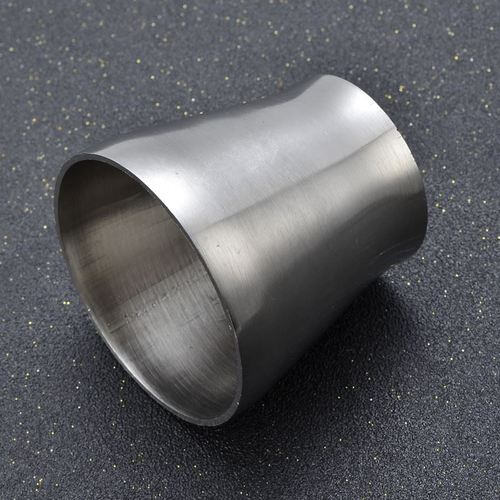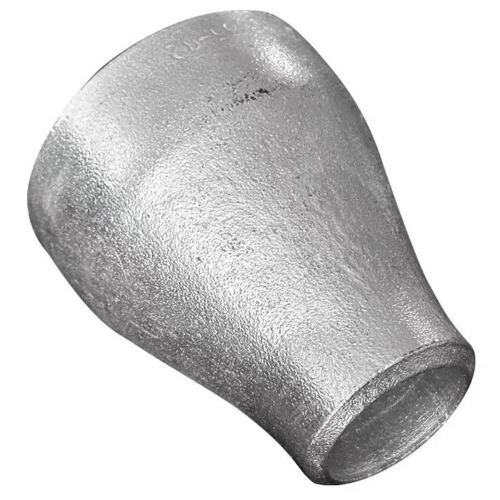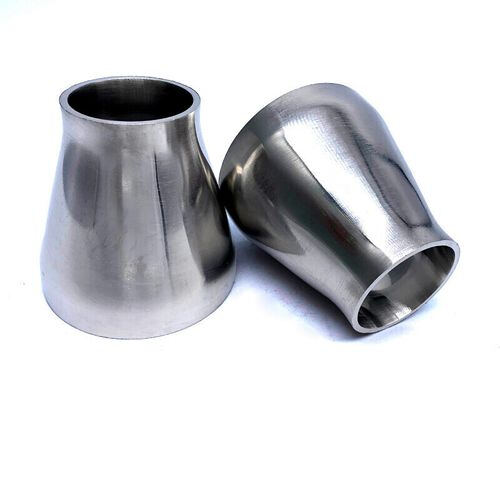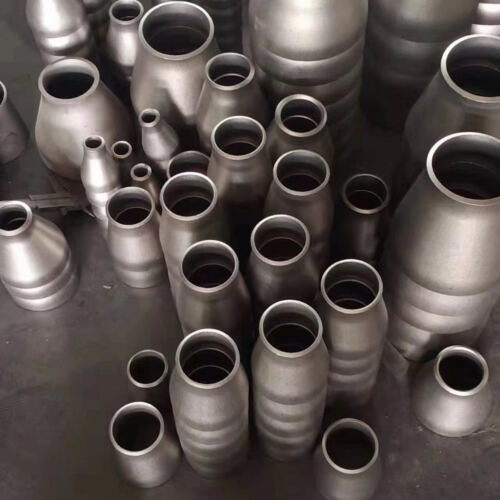A reducer is a mechanical component designed to connect pipes of different diameters, enabling smooth transition between varying pipe sizes in a piping system. It typically features a conical or stepped structure, with one end matching the larger pipe diameter and the other fitting the smaller one. Manufactured from materials like carbon steel, stainless steel, or alloy steel, reducers are engineered to withstand high pressure, temperature, and corrosive environments.
Description:
A reducer is a mechanical component designed to connect pipes of different diameters, enabling smooth transition between varying pipe sizes in a piping system. It typically features a conical or stepped structure, with one end matching the larger pipe diameter and the other fitting the smaller one. Manufactured from materials like carbon steel, stainless steel, or alloy steel, reducers are engineered to withstand high pressure, temperature, and corrosive environments. Their precise dimensions and seamless inner surface minimize fluid turbulence and pressure loss, ensuring efficient flow. Common types include concentric reducers (symmetrical shape) and eccentric reducers (offset design to prevent air trapping), each tailored for specific applications like horizontal or vertical pipe setups.
 |
 |
 |
 |
Specifications:
| Mounting hole diameter | 0.25in |
| System of Measurement | inch |
| Standard | ASME ANSI EN GOST BS ETC |
| Surface | Painting Or Oil |
| Packing | Plywood case/Pallet |
| Delivery time | 15-25days |
| Single package size | 15X15X15 cm |
| Single gross weight | 1.000 kg |
Applications:
Reducers are widely used in industries such as oil & gas, chemical, water treatment, and power generation. In oil refineries, they adjust pipe diameters for optimal fluid flow in distillation columns. In water supply systems, they connect main pipelines to smaller branch lines. Eccentric reducers are ideal for horizontal steam pipes to prevent water accumulation, while concentric reducers suit vertical applications. They also play a key role in HVAC systems for duct size transitions and in pharmaceutical plants for sanitary pipe connections requiring precise diameter changes.
Advantages:
Reducers offer critical benefits: their ability to adapt pipe sizes ensures system flexibility and cost - efficiency by avoiding custom pipe fabrication. The smooth bore design reduces friction and energy loss, enhancing flow efficiency. Made from durable materials, they resist corrosion and high stress, ensuring long - term reliability. Easy installation and compatibility with standard flanges or weld ends make them versatile for retrofits or new setups. Additionally, their compact design saves space in tight piping layouts, while different types (concentric/eccentric) address specific engineering needs for optimal performance.
